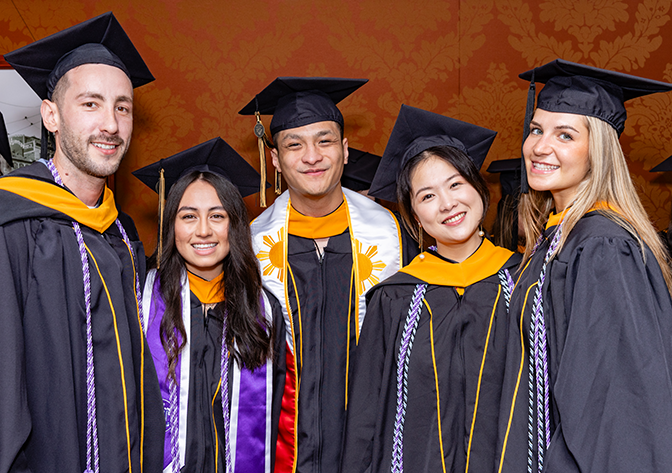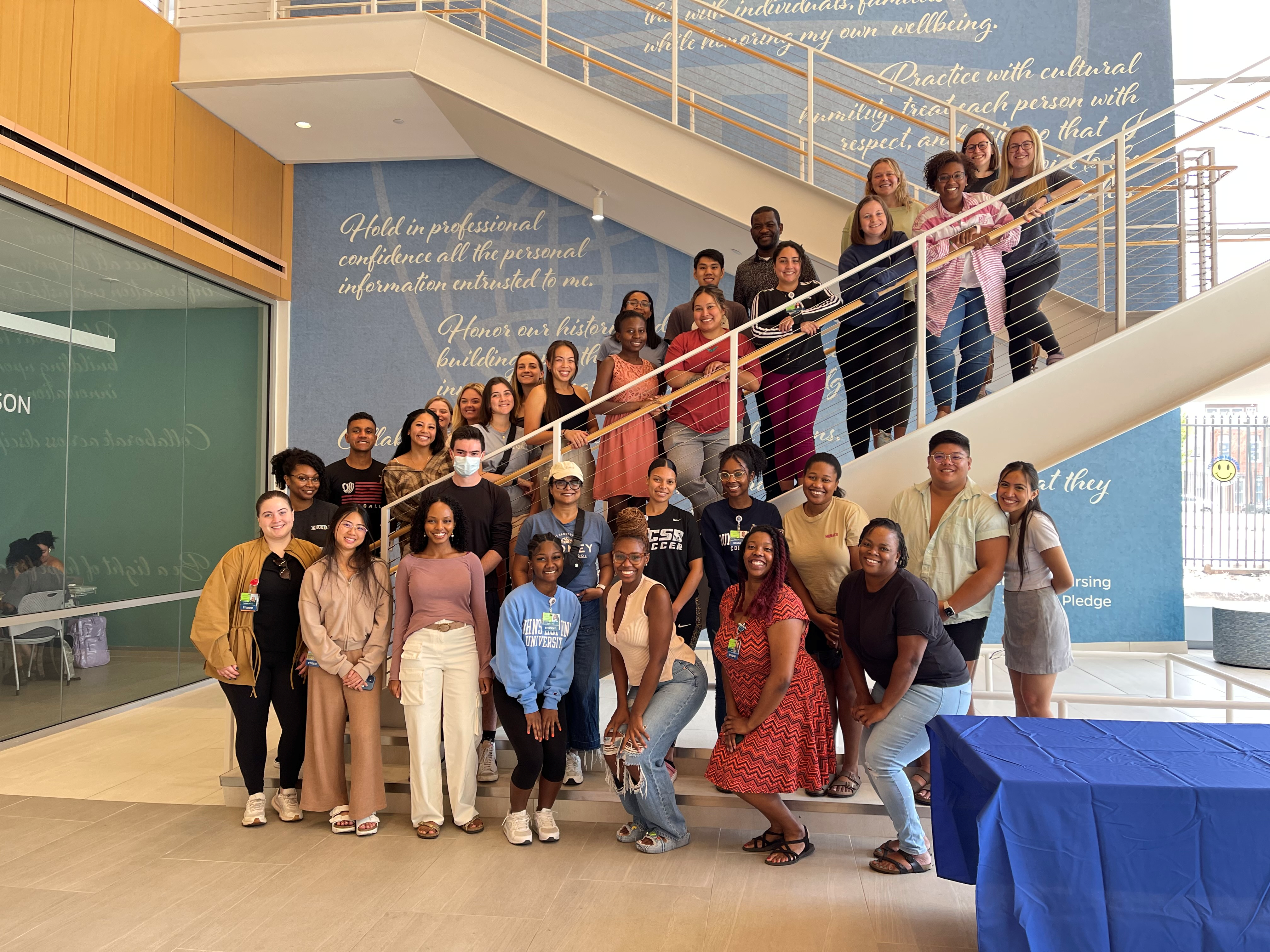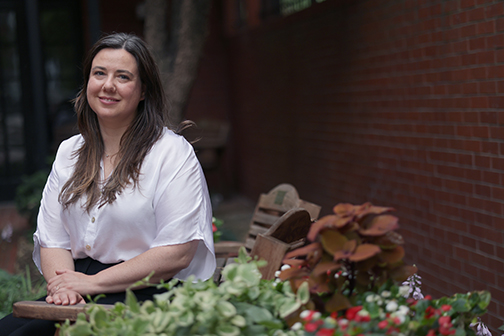Nursing and medical students learn to work together
by Teddi Fine
 Nursing and medical students most often learn separately. When they graduate, they may be less than fully prepared to work collaboratively in the high-risk healthcare environment. The need for interdisciplinary education—an issue of concern to the Institute of Medicine—is a problem for which associate dean Pamela Jeffries, DNS, RN, has a suggested solution: the use of simulations.
Nursing and medical students most often learn separately. When they graduate, they may be less than fully prepared to work collaboratively in the high-risk healthcare environment. The need for interdisciplinary education—an issue of concern to the Institute of Medicine—is a problem for which associate dean Pamela Jeffries, DNS, RN, has a suggested solution: the use of simulations.
In “Learning together: Using simulations to develop nursing and medical student collaboration” [Nursing Education Perspectives, January 2010], Jeffries describes assessing the impact of a surgical collaborative care simulation on medical and nursing students. The simulation, based on her Nursing Education Simulation model, appeared effective as a learning tool in interdisciplinary settings.
Students said the simulation gave them a chance to experience a high-risk situation safely, to interact with other disciplines, and to test skills. Some expressed surprise by the intensity of the experience. The simulation also marked the first time most were able to observe, first-hand, the knowledge and skills each discipline brings to patient care.
Jeffries suggests, “Simulations can help bridge the artificial educational divide between nursing and medical students before they enter clinical practice. In doing so, we can better prepare them for real-world clinical situations in which they can provide safe, high-quality care in a complex healthcare environment.”

 My First Teachers in Nursing School Weren’t Nurses
My First Teachers in Nursing School Weren’t Nurses Awards for Diversity
Awards for Diversity The Learning Collaborative: ‘I Think I Can, I Think I Can …’
The Learning Collaborative: ‘I Think I Can, I Think I Can …’ Remembering Carol Gray, First Dean of JHSON
Remembering Carol Gray, First Dean of JHSON Psych PhD Candidate Guides Families Full Circle
Psych PhD Candidate Guides Families Full Circle







